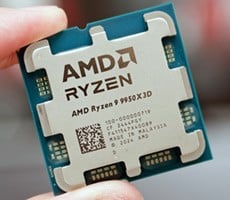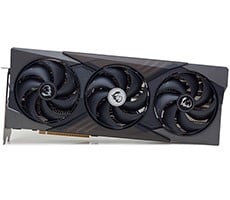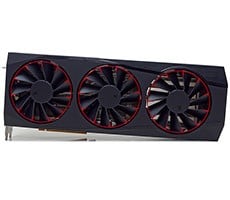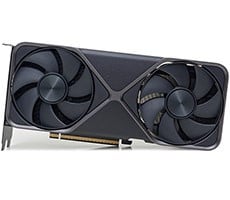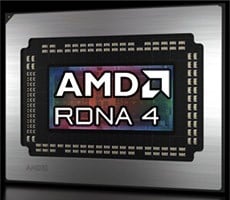Hellhound Radeon RX 7600 Review: PowerColor Tricks-Out Navi 33
The tuning options built into AMD's driver suite give users the ability to manually alter frequencies, voltages, fan speeds, and the max power target, using percentages or finer-grained numerical sliders. Users can also opt to use various preset modes or auto-tune a number of characteristics, including GPU and memory frequencies, and the GPU voltage, including under-volting, which can actually increase performance due to reduced thermals and power consumption.
PowerColor Hellhound Radeon RX 7600 Stock Hardware Health Data
With older Radeons, a single sensor had been used to determine the GPU temperature, and data from that lone sensor was used to control the card's thermal profile. With newer RDNA 2 and RDNA 3 GPUs, like the Navi 33 powering the Sapphire Pulse Radeon RX 7600, AMD has incorporated a network of multiple thermal sensors at strategic locations across the die. Data gathered from the sensors is used to determine what AMD calls the "Junction Temperature", and it's the Junction Temperature that is used to tune the card's power and thermal profiles (the Junction Temperature is effectively the hottest part of the GPU die at any given time).
The tuning options built into AMD's Radeon Software suite offer manual controls, along with automatic under-volting and automatic GPU and Memory overclocking. Finding the highest stable memory and GPU clocks, at the lowest voltage possible, while simultaneously increasing the max power target and keeping temperatures low, is what will yield the best overall overclocking results. If you'd rather not mess around though, you could simply hit one of the auto-overclock options, or turn up the max power target.
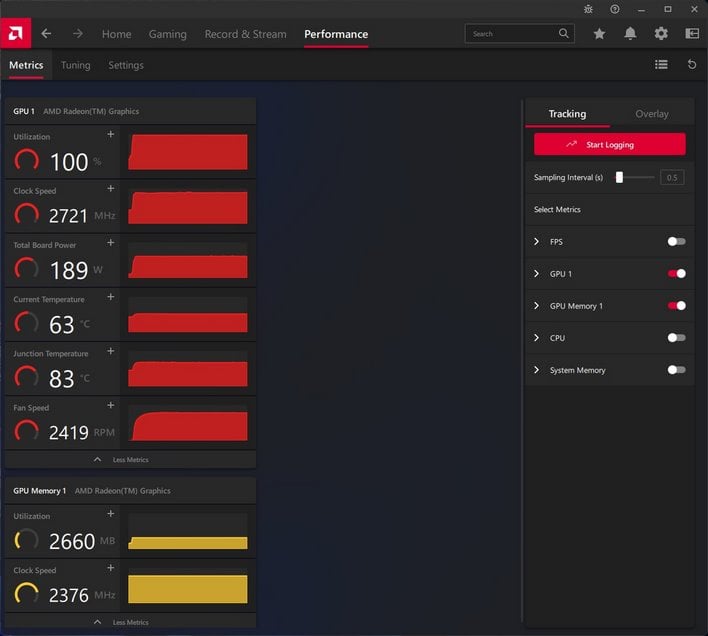
PowerColor Hellhound Radeon RX 7600 Manually Overclocked, Running 3DMark
At its stock settings, we saw the Sapphire Pulse Radeon RX 7600's GPU clock typically hovering in the 2,550 - 2,650MHz range while gaming (give or take) with our particular sample, with a junction temperature in the mid-80s. With some tweaking we found that we could easily increase the memory clock on our card to 2,390MHz (19.1Gbps, effective), and with an undervolt to 1.175mV, a max frequency set to 2,987MHz, and +12% to the power target, we typically saw a wider-range of real-world game clocks, commonly in the 2,675MHz - 2,750MHz range. The junction temperature while overclocked peaked in the mid-80°C range with these settings, without modifying the default fan curve. The cooling setup on this card does a nice job keeping temperatures in check without making much noise, but bumping up the fan speed would be advisable to bring that junction temperature down a bit.
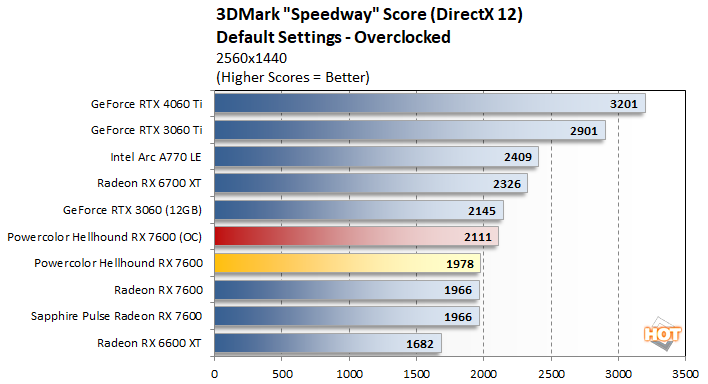
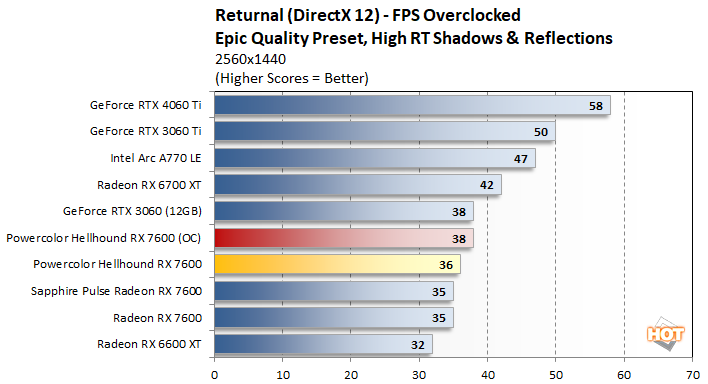
While we had the card overclocked, we re-ran a couple of tests and saw some decent performance gains. In both 3DMark Speed Way and Returnal (using RT), overclocking the PowerColor Hellhound Radeon RX 7600 increased performance slightly and allowed the card to catch (in Returnal) or nearly catch (in Speed Way) the 12GB GeForce RTX 3060.
Total System Power Consumption Tests
We'd also like to cover a couple of final data points regarding power consumption and acoustics before we wrap up. Throughout all of our benchmarking and testing, we monitored noise output and tracked how much power the test system was consuming using a power meter. Our goal was to give you an idea as to how much power each GPU used while idle and also while under a heavy workload. These power numbers were captured during a FarCry 6 4K benchmark run with ray tracing enabled...
In terms of noise output, the PowerColor Hellhound Radeon RX 7600 is relatively quiet. The card's fans are dead silent at idle, because they spin down completely when temperatures are below 60°C. Under load, the fans typically hovered around 2,100 RPM under long sustained loads, which produced a dull whir that wasn't particularly noticeable over our test system's PSU fans and CPU cooler. Overall, we'd consider the PowerColor Hellhound Radeon RX 7600 quiet in comparison to most other GPUs, so noise shouldn't be an issue for most users, especially in a closed chassis.
PowerColor Hellhound Radeon RX 7600 Performance And Review Summary
Ultimately, the PowerColor Hellhound Radeon RX 7600 isn’t much different than the AMD reference card and the Sapphire Pulse we showed you yesterday. The Hellhound will boost to somewhat higher game clocks, which technically allowed it to pull ahead of the other 7600s in the vast majority of our benchmarks, but the deltas were exceedingly small. Still, the PowerColor Hellhound Radeon RX 7600 had a small performance advantage, regardless of how small.
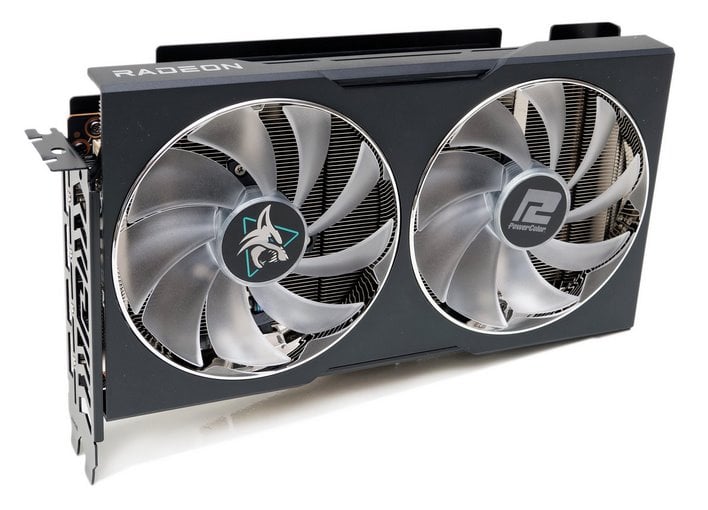
The card does have some additional features which may make it more attractive to anyone shopping in this segment. The dual BIOS switch is a great feature for tweakers. We don’t necessarily think the “Silent” BIOS mode is necessary, considering how quiet the card is in “OC” mode, but what the switch does afford is a means of backup should you ever have a bad BIOS flash. Some redundancy is a good thing. While the lighting on the card isn’t addressable, the LED switch is also a welcome touch. The card’s form factor also hits a sweet spot. The PowerColor Hellhound Radeon RX 7600 remains two slots wide, which we like, but it’s just a little taller to accommodate those dual 100mm fans.
Whether or not those differentiators are worth a few extra bucks (street prices for this card should settle around $289), will be up to you, but we think the small premium is easily justifiable. Just keep in mind, investing a few extra dollars for a Radeon RX 6700 or 6750XT will net a significant performance uplift and perhaps a bit of futureproofing, thanks to the larger frame buffers. Still, if you’re absolutely strapped and must stick to a sub-$300 GPU budget, the PowerColor Hellhound Radeon RX 7600 is a solid option.


